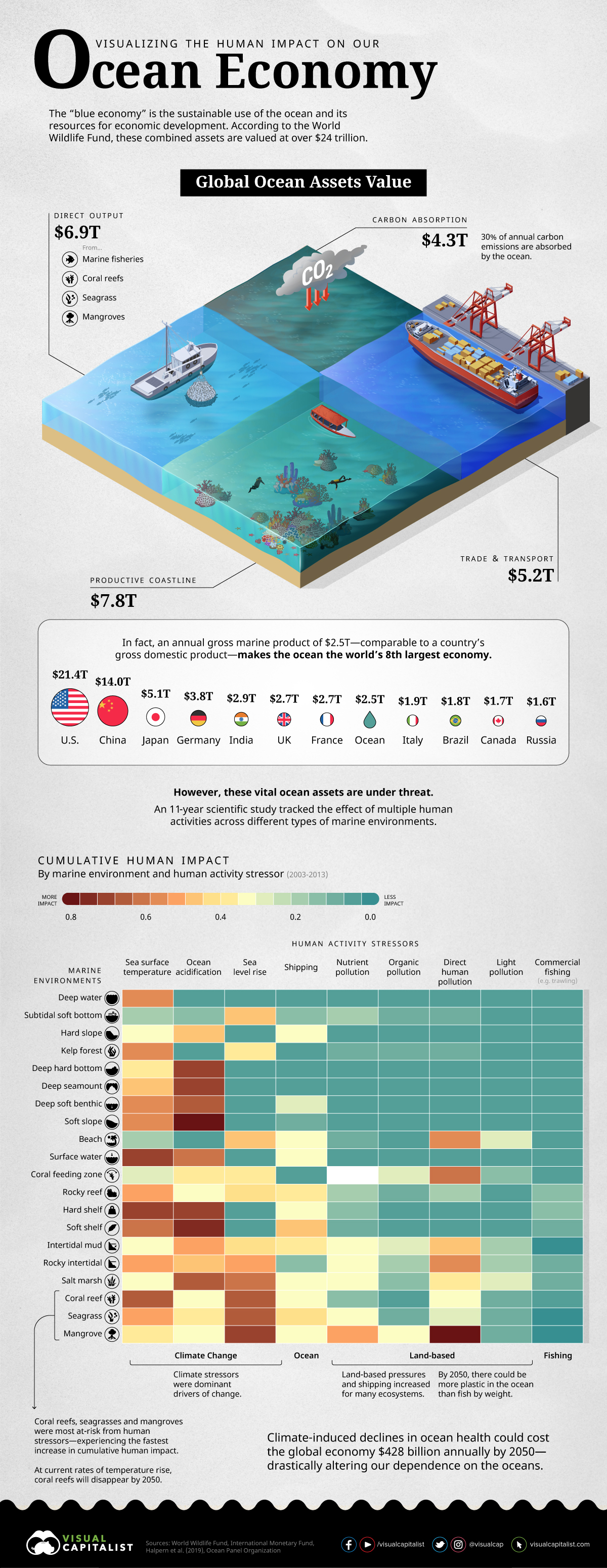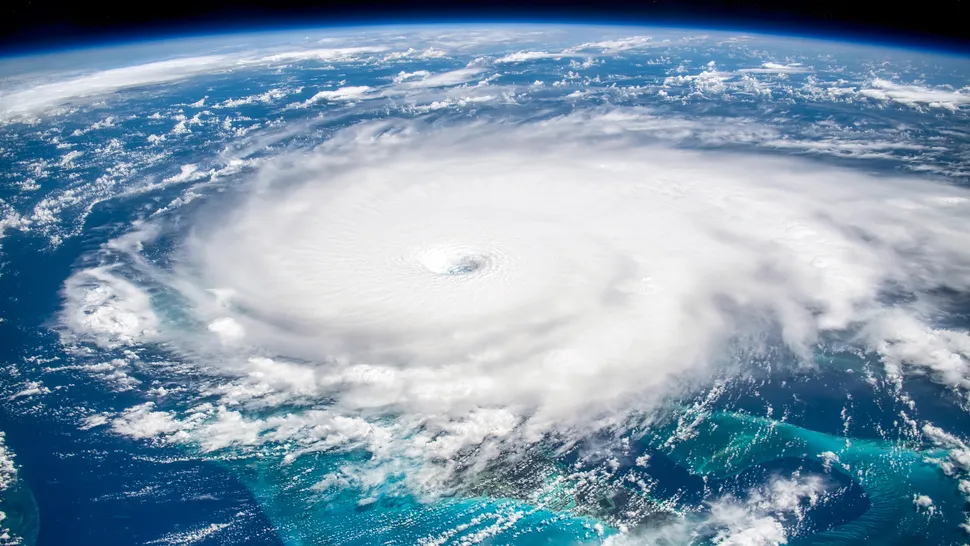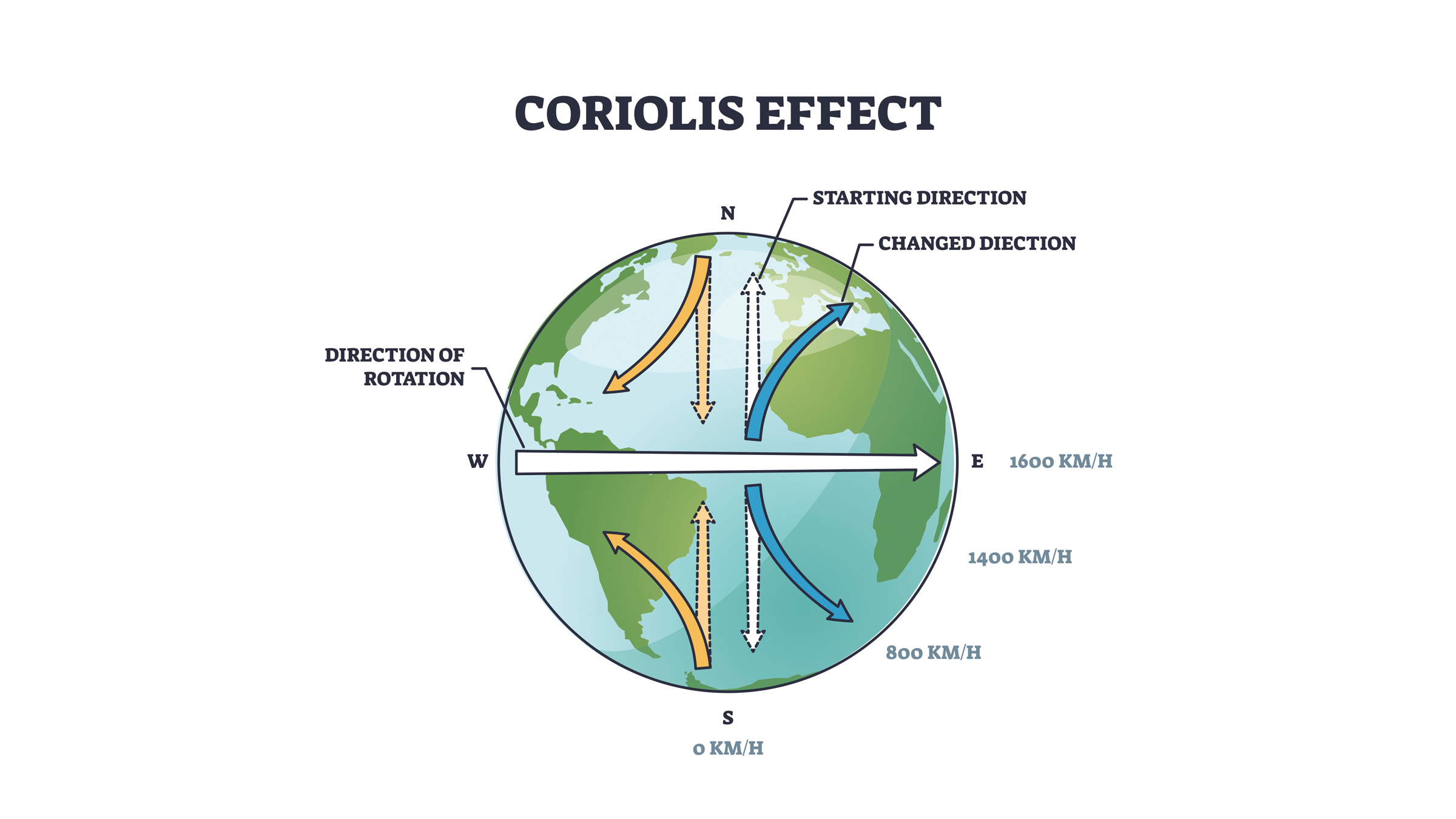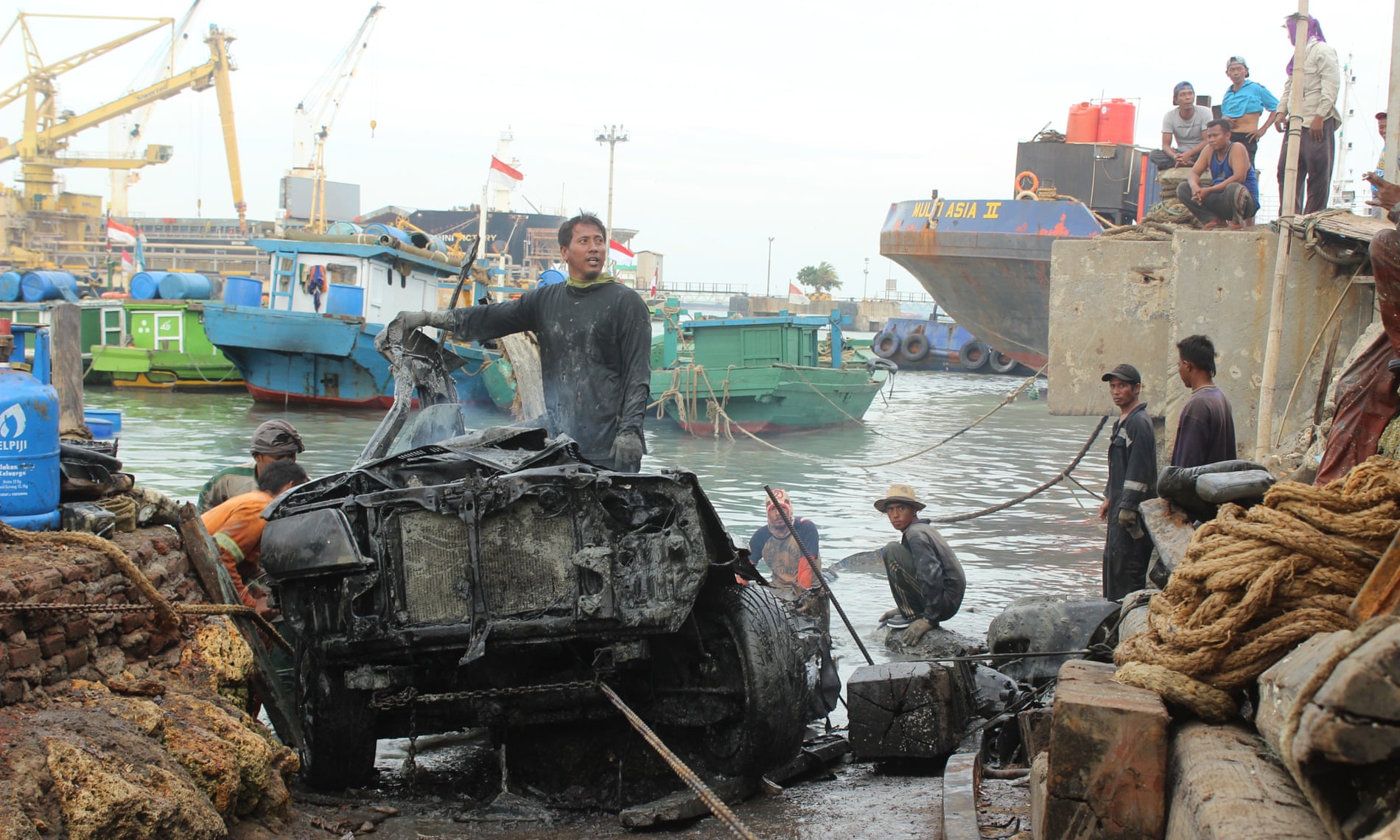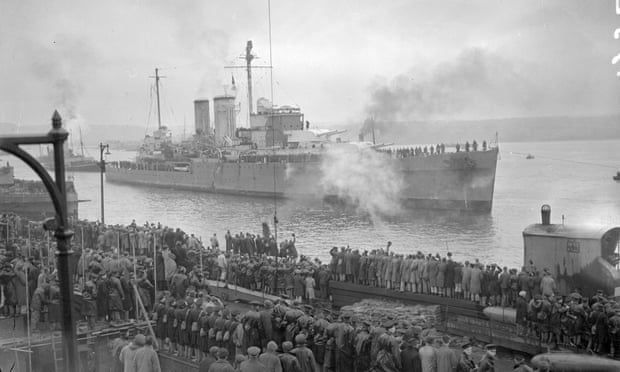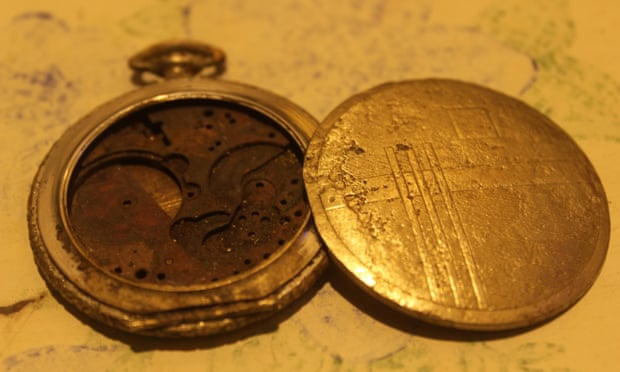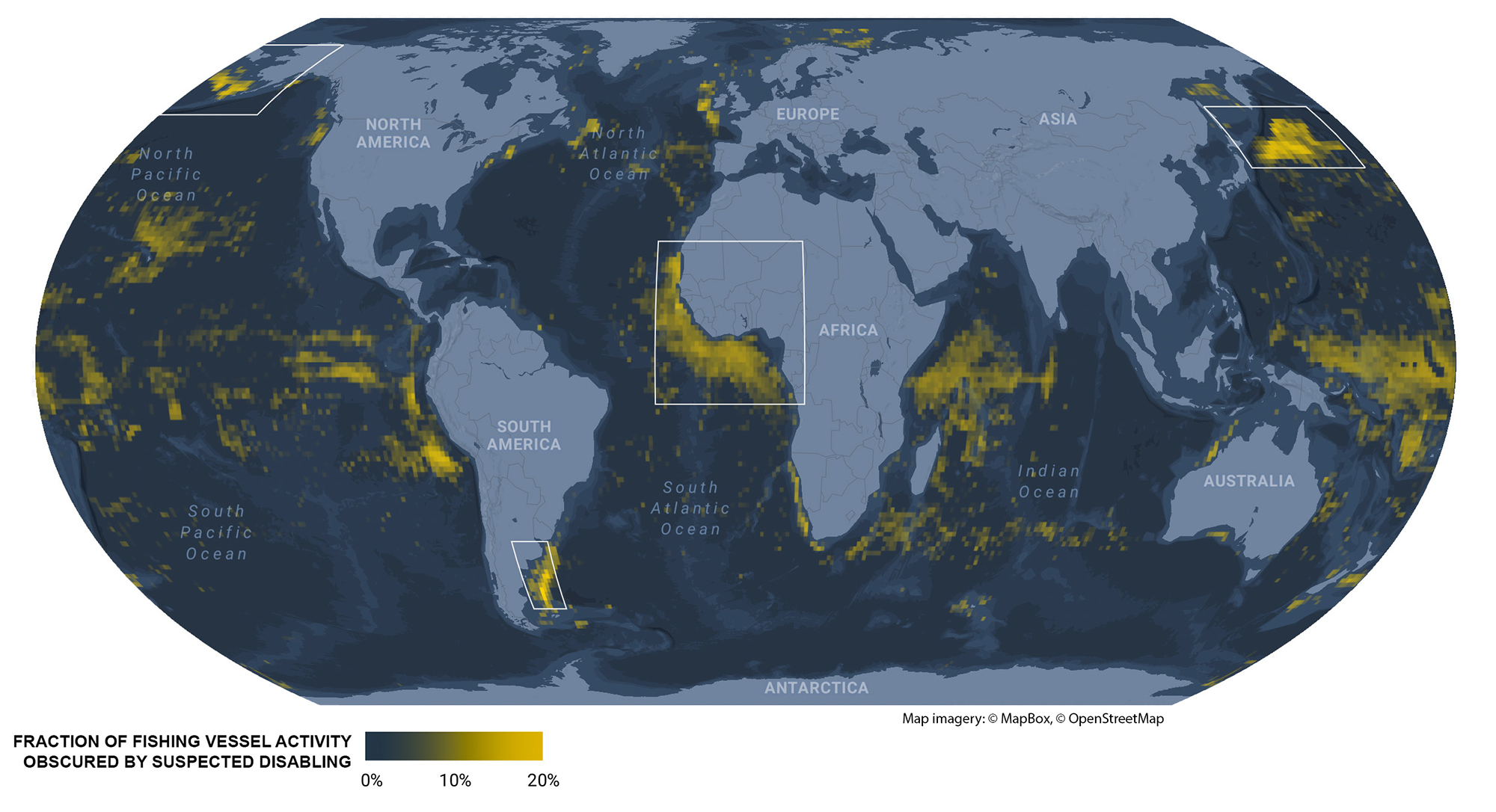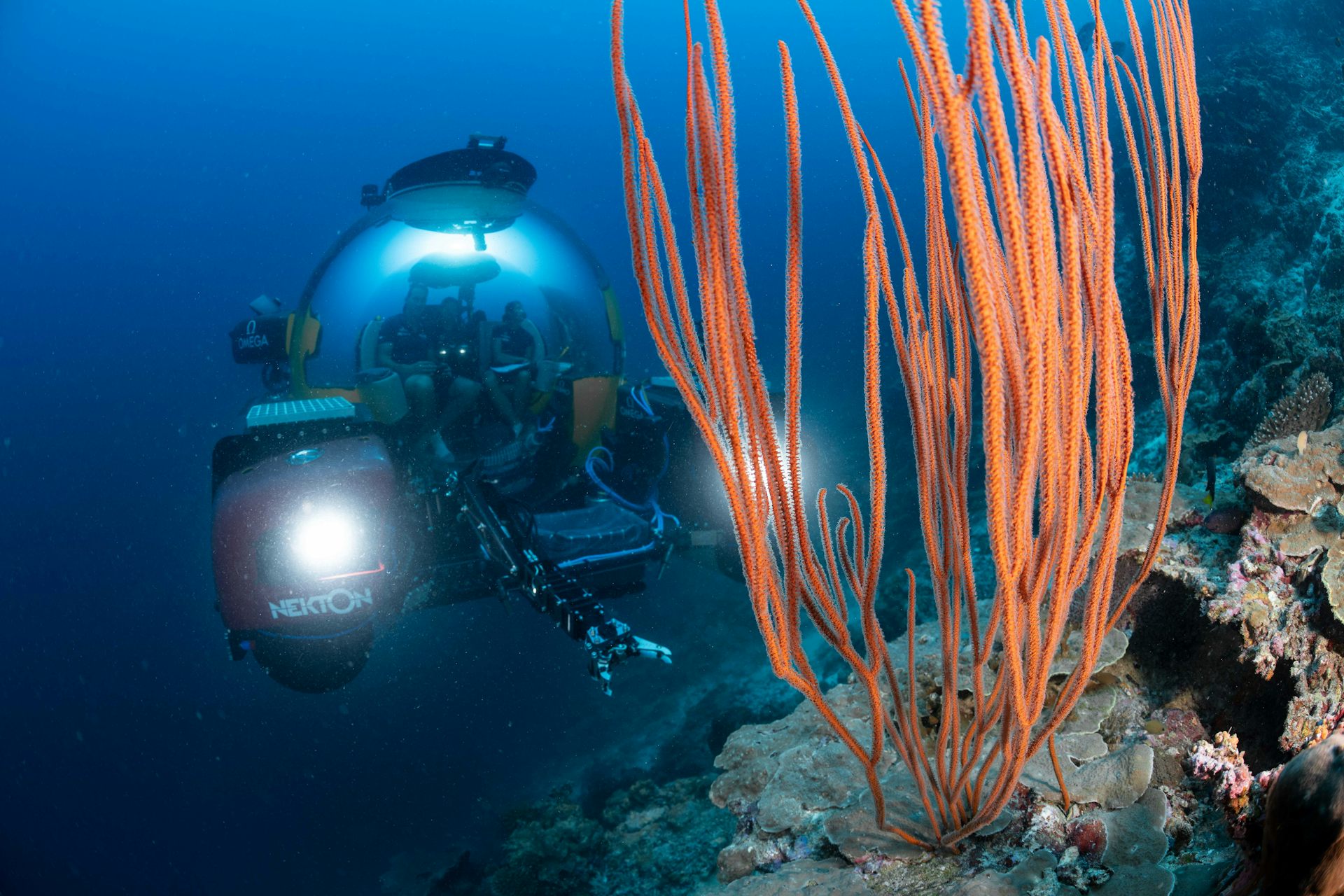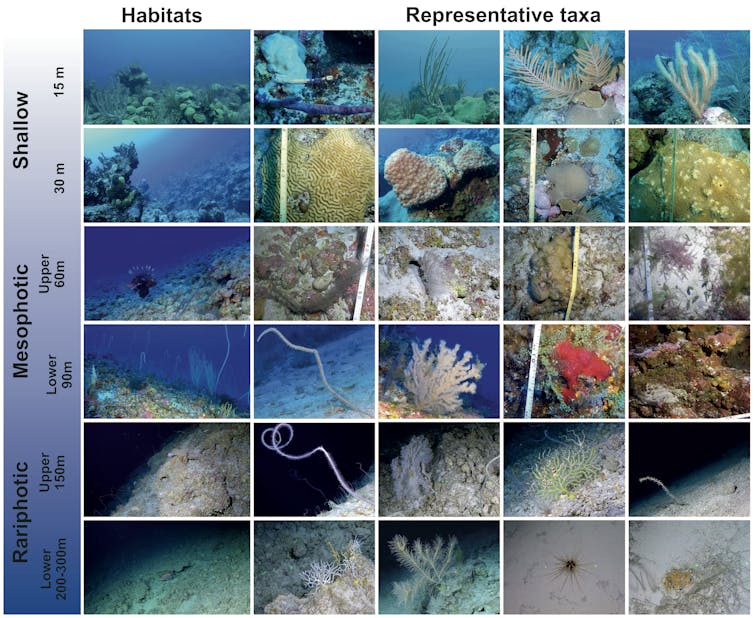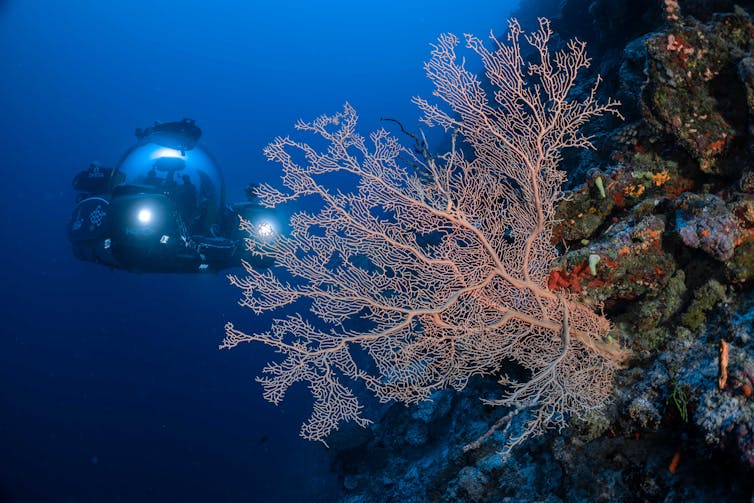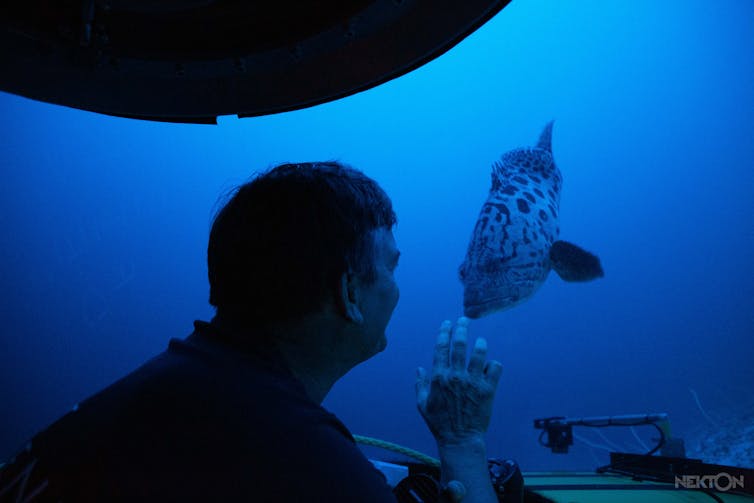From The Guardian by Kate LambIndonesian scrap metal workers tell of finding and discarding body parts after second world war ships were wrenched from sea bedThey knew about the bones: the arm and leg bones, the occasional skull, a few teeth still jutting out.
As the welders cut through the mangled steel of the old ships that had been brought their way, they came across the human remains mixed in with sea-rusted bullets, the odd pistol, rifles, helmets and jumbo-sized boots.
Muhammad Usman was one of those working at the welders’ yard in Brondong port in East Java when he says he smelled something.
He killed the flame of his torch to take a closer look and there, obscured by a piece of twisted metal, and lacquered in mud, was a charred human leg bone.
“I could smell something different, very unusual,” recalls Usman, his eyes widening, “I picked it up and wow, I could see that it was definitely a bone, so I gave it to the boss.”
The world’s biggest grave robbery
The source of the bones is not much of a mystery to the welders of Brondong.
For more than six decades the wrecks of Allied warships, sunk in a crushing 1942 battle against the Japanese, lay undisturbed on the seabed not too many miles from Usman’s work place.
Dutch, British, Australian and American warships all went down in a naval campaign that led to the Japanese takeover of the then Dutch East Indies.
But in recent years, in what has been called the world’s biggest grave robbery, dozens of warships sunk in the waters of south-east Asia have been plundered en masse.
Data and analysis collected by naval historians and wreck divers who surveyed the sites found that at least 40 second world war-era vessels have completely or partially vanished – along with them the remains of up to 4,500 people.
In part the audacious theft was identified by a 2016 Dutch-funded expedition to mark the 75th anniversary of the Battle of the Java Sea.
Divers sent down to attach commemorative plaques found instead that two Dutch warships – HNLMS De Ruyter and HNLMS Java – had completely disappeared, while large parts of a third ship, HNLMS Kortenaer, were missing.
Among other discoveries, the expedition team found that three British warships, including two E-class destroyers, HMS Electra and HMS Encounter, and heavy cruiser HMS Exeter, had also been fully or partially removed.
Many of the old warships were at least 100 metres long, and some down as deep as 70 metres.
For years salvors had dived down to loot old wrecks, taking the most valuable bits and pieces, but in the past three years a more systematic and technologically sophisticated ransacking has been under way.
Operating mechanically and entirely from the surface are cargo barges equipped with cranes sporting giant metal claws that can plunge 200 metres deep, chomping up an old ship and pulling up several hundreds tonnes in one go.
As well as brass, copper, and bronze, one reason the salvaging has gone wholesale is the ships are a source of “low background steel” – produced before the first atomic bomb was detonated in 1945.
Virtually radiation-free, low-background steel is used in sensitive medical and scientific instruments. These old sunken warships are among the few remaining sources.
‘I only cut up the boats’
Depending from which side you view it, the discovery of the missing warships inspires either a deep sense of indignation, political awkwardness, or post-colonial indifference.
It is the latter that characterises the predominant feeling in Brondong, where the desecration of what are considered war graves barely raises an eyebrow.
“I only cut up the boats. That was my focus, on the work, not about whether there was a problem with the bones,” says Souudin, 47, when met by the Guardian at a small kiosk his wife runs at the port.
Souudin, who like many Indonesians uses one name, was a welder and subcontractor here from 2014 to 2016.
Each day, he says, about 50 workers would cut the steel from the old ships into blocks of up to a metre and a half, before it was sold at Rp200,000 [£10.50] per tonne and loaded on to the back of a truck.
“We often found the bones,” continues Souudin, as he takes a sip of grainy local coffee and a drag of his cigarette.
“We worked here all the time, so we didn’t pay attention to them, whether there was bones or no bones, it made no difference to us.”
Of about half a dozen welders, all but one said they sometimes or often found bones in the old ships.
The welders get animated only when they mention how large the bones were – much bigger, they say, than Indonesian bones.
Mostly they talk about them in a matter of fact way, noting the instructions were to give the bones to the boss, after which most don’t know what happened.
Port security guard Munahat, however, says he has a lead.
“The Chinese guy told Agus to do it,” recalls Munahat, referring to the company boss, and a welder named Agus.
“We asked, ‘What’s that, Gus?’ They were bones, he said, and they were going to bury them … I heard he got about Rp100,000 (£5.25) to do that.”
The burial site is now a matter of public investigation. A team from the Indonesian foreign ministry and the Dutch embassy visited Brondong this week to exhume a site. The foreign ministry has declined to comment on this, or on speculation that some bones have been taken for forensic testing.
The mass grave
Suko cemetery, a few minutes’ drive from Brondong port, is a ramshackle plot in the middle of the village, overgrown with grass and densely dotted with small colourful headstones.
It is here that 70-year-old gravedigger Illyas believes some of the bones might be.
“There were plenty of human skeletons inside that ship. They gathered them, put them in a sack, and buried them here. I think there were four sacks,” he says, “Like the ones used to carry rice.”
Illyas has been working as the local gravedigger for about 55 years, but he admits that if there is a shallow mass grave here, he has only an approximate idea of where it might be.
“It’s west of the lamppost, in between the lamppost and that gate,” he says, gesturing to a space of about 10 by 10 metres.
It was at least two years ago when he heard that Agus, who has since left town, had buried the bones in the graveyard and also dumped some in a nearby rubbish heap.
Out of sight, out of mind
If the local mood around the bones is one of pragmatic nonchalance, further afield the disappearance of the vessels has caused outrage.
For the past year an irate Dutch government has been lobbying Indonesia in a series of joint meetings to try and determine how its celebrated war graves disappeared, while Britain has decried a breach of international law.
Responding to reports by Indonesian news website
Tirto.id that some of the human remains from the ships had been dumped in a shallow mass grave, the British MP Luke Pollard called for urgent action to “ensure our fallen soldiers are buried with dignity and respect”.
The British foreign office confirmed that its concerns over the remains, which could include British soldiers and sailors, have been relayed in writing to the Indonesian government.
“We have asked the Indonesian authorities to investigate these claims and we stand ready to provide assistance if it is required,” a spokesperson told the Guardian.
But the public response so far has been somewhat anaemic, perhaps because the Battle of the Java Sea was one of Britain’s smaller, less widely known naval engagements.
The losses for the Dutch were also far greater.
As well as ultimately its sprawling colony, the 1942 battle cost them 900 sailors, while the British suffered fewer than 200 fatalities.
Or says British naval historian Phil Weir, it could be that the desecration of a war grave far away and for decades hidden underwater elicits a muted reaction.
“You can imagine the massive outrage if someone drove a bulldozer through the big first world war Commonwealth war grave at Saint Symphorien,” he says, referring to a military cemetery in Belgium. “But taking apart a shipwreck doesn’t seem to have the same effect. It is kind of out of sight, out of mind, I fear.”
Haunted spoons
Back in Brondong there are many stories about the artefacts from the deep.
One local diver tells of how he blew off the top of his little finger when he brought home an old bullet and it exploded.
The finger on his right hand is now slightly shorter than the left.
Others say they are too scared to pillage after one diver developed an inexplicable limp after salvaging some “haunted” spoons.
At least one of the welders with an eye for antiquities has pocketed a few of his finds.
His small collection includes a broken silver pocket watch, a bullet, a small terracotta-coloured bottle and several metal plaques, two of which were prised from an old engine and are now bolted to the sides of his Honda motorbike to give it a “vintage” edge.
Each piece is promising evidence, but none can be definitively tied to any of the warships.
And with so much destroyed in retrieval, the chances of finding a piece that constitues a smoking gun are low.
Yet the welders are certain it was old warships they were cutting.
Besides the prevalence of weaponry, they also remarked on the old joinery techniques, fitted together through connecting parts, while the hull would sometimes be comprised of several layers of steel as though it was made “war-ready”.
The historian Phil Weir said the description could match the armoured plates on the bigger cruisers such as HMS Exeter that tended to “slotted together in a tongue and groove set-up” for reinforcement in battle.
Muslihan, another former subcontractor, estimated a salvage company that ran the operation could have “retrieved hundreds of ships so far” including cargo, trade and war vessels.
Government documents seen by the Guardian show a vessel was granted salvage permits in the Java Sea during the period the warships disappeared.
The company has not responded to questions from the Guardian.
Until a thorough investigation, the missing wrecks will remain a messy mystery, and one that gravedigger Illyas is keen to clear up.
The crudely buried, unsettled remains deserve a proper send-off, he says.
“I would like to retrieve them, make them coffins, and bury them somewhere proper,” says Illyas, surveying the crowded, sun-drenched cemetery.
“Somewhere that people won’t bother them anymore. But I haven’t heard any feedback, so I’ve kept quiet on that.”
Links :
